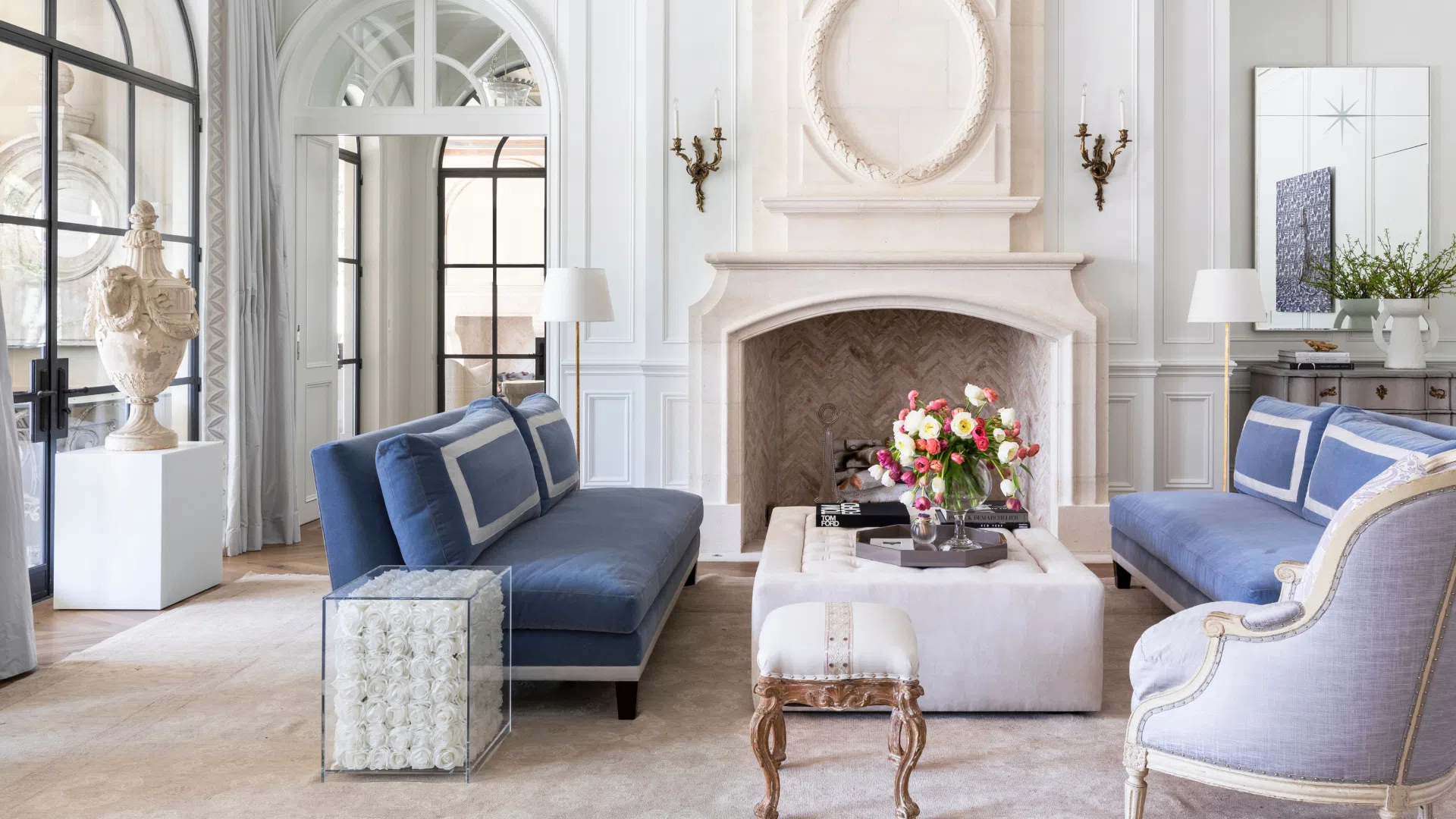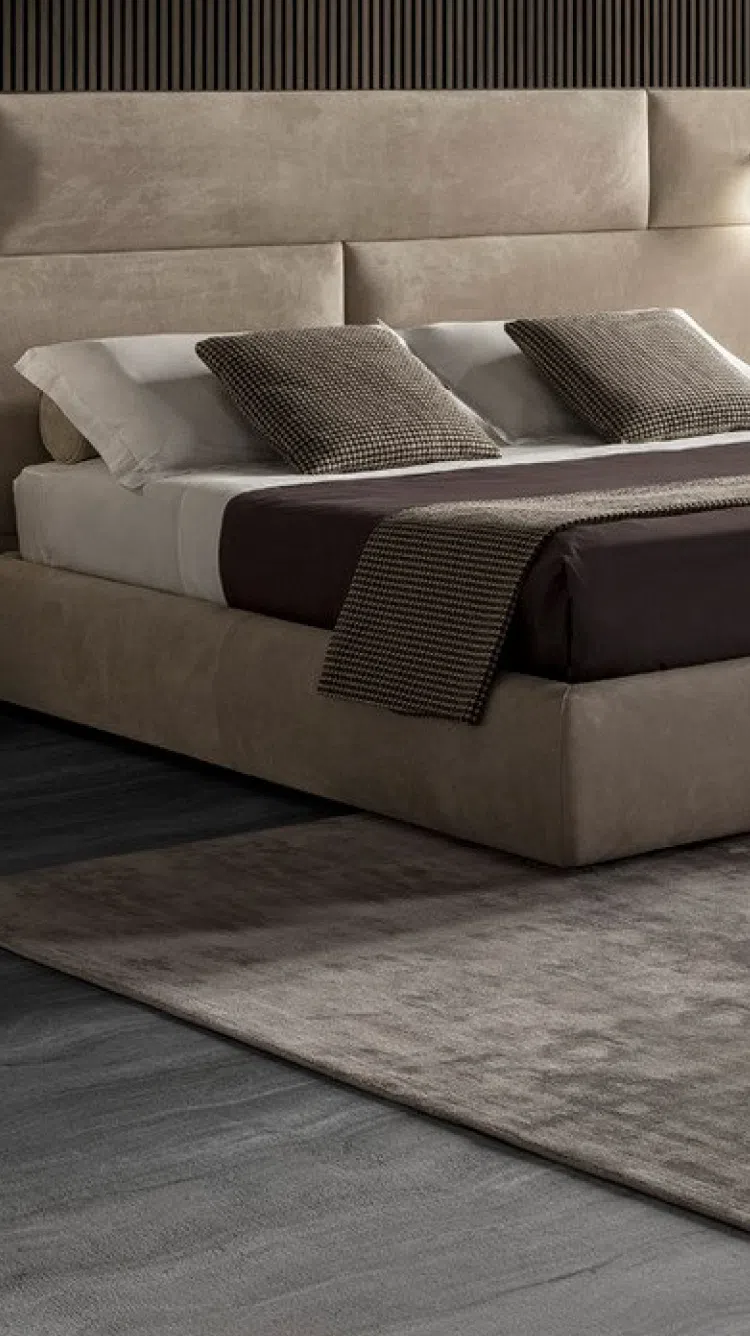
Neo-classic, or Neoclassical style, is an elegant aesthetic in furniture and interior design that takes its inspiration from the classical art and culture of Ancient Greece and Rome. Emerging in the mid-18th century, it came as a reaction to the excesses of the Baroque and Rococo styles, and it aligns with the Enlightenment's emphasis on logic, simplicity, and harmony.
Here's a breakdown of the key characteristics that define the Neoclassical style in furniture and decor:
Symmetry and Proportion: The Neoclassical style is built on principles of symmetry and proportion that were intrinsic to classical architecture and design. Furniture pieces in this style are often balanced and feature classic proportions, paying homage to the ancient ideals of beauty.
Clean Lines: Unlike the elaborate curves of the preceding Rococo style, Neoclassical furniture favors straight lines, although gentle curves may still be present. The overall silhouette is streamlined, creating a sense of timeless elegance.
Classical Motifs: Key decorative elements include motifs such as laurel wreaths, acanthus leaves, lyres, swags, and Greek key patterns. They may be depicted in carvings, inlays, or gilt accents, imparting a sophisticated, cultured ambiance.
Restrained Ornamentation: While decorative, Neoclassical pieces avoid over-ornamentation. The use is more controlled and purposeful, aiming for an understated luxury rather than an overbearing lavishness.
Quality Materials: High-quality materials like mahogany, satinwood, and rosewood are common in Neoclassical furniture. Marble, brass, and gilt metals are also used for decorative elements and handles. Fabrics often include silk, velvet, and damask with tone-on-tone or subtle patterns.
Influential Designers: In France, designers like Georges Jacob and Jean-Henri Riesener contributed to the look, while in England, the names Thomas Sheraton, George Hepplewhite, and Thomas Hope are associated with the Neoclassical style.
Grand Themes: Neoclassical pieces may draw upon grander themes and narratives of classical mythology, history, and symbolism which can be expressed through elaborate marquetry or painted scenes.
Architectural elements such as columns, pediments, and pilasters are miniaturized and used in the design of furniture, expressing a sense of order and structure that is visually linked to the grand buildings of antiquity.
In interior design, the Neoclassical style calls for a spacious and well-arranged layout, with attention to lighting and the interplay of textures and subtle patterns. It generally conveys a sense of order, sophistication, and enduring grace.
The popularity of Neoclassical style has ebbed and flowed since its inception, but it often experiences revivals when there is a cultural shift towards looking back at historical ideals of balance and harmony, making it a timeless choice in the world of furniture styles.


